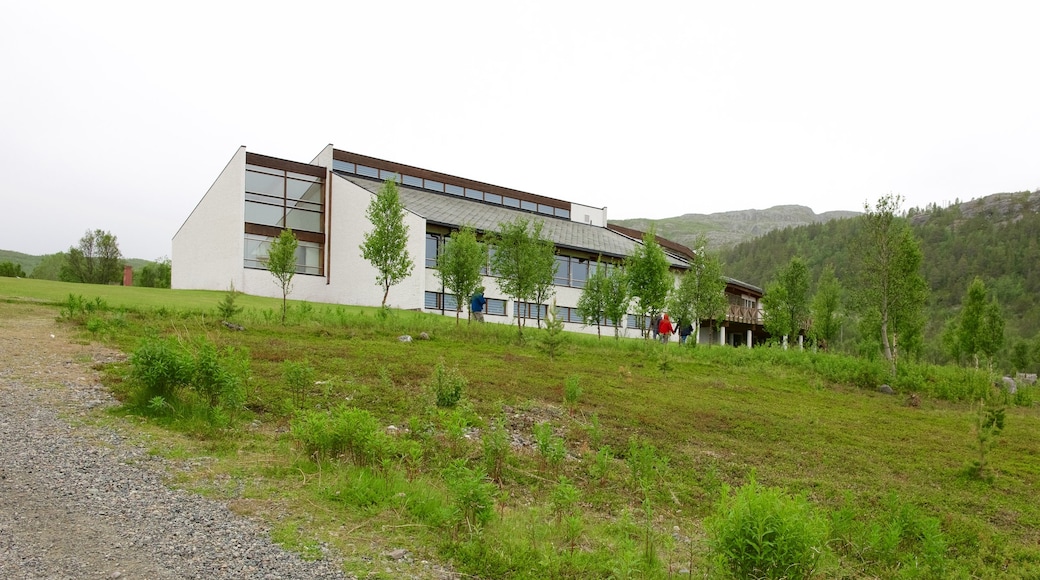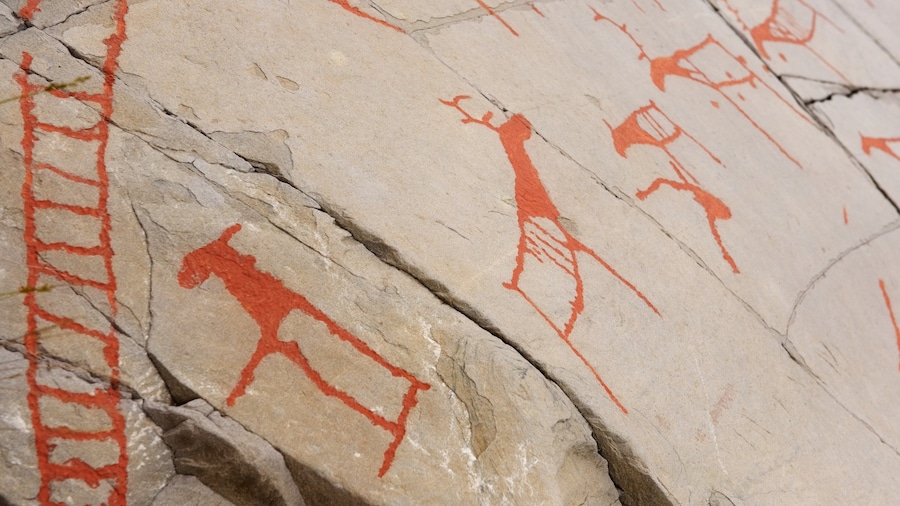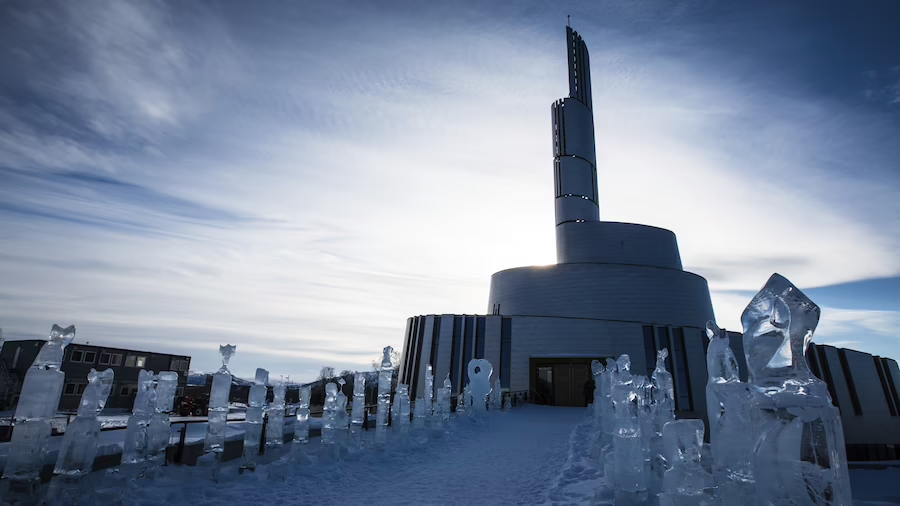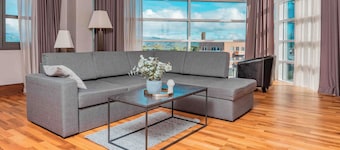Explore one of Europe’s largest ancient rock carving sites then study the heritage and history exhibits of this captivating museum.
Investigate the local and natural history of Alta when you visit the Alta Museum. See examples of rock art that are thousands of years old, gain insights into the spectacular northern lights and learn about the 15th-century origins of the town’s market.
Among the main highlights inside the museum are the ancient rock art boulders and panels. The museum also encompasses one of five open-air rock art sites that are inscribed on UNESCO’s World Heritage List. Footpaths from the museum wind through the area, which is situated around a small bay.
There are more than 3,000 carvings on 85 panels, dating from 7,000 to 2,000 years ago. Study carvings of boats, animals and ancient gods. There are no interpretation panels along the footpaths, but a guidebook is included with the price of admission. Group guided tours are available if booked in advance.
When you come back to the museum, continue your tour of its numerous exhibition areas. Retrace the history of Alta’s marketplace, which has existed since the 15th century. Look at maps that detail the trading activity between the town and northern Europe and view photographs of market activity from the early 20th century.
Go to the From Rock Art to Christianity exhibit for its coverage of the area's religious heritage, including ancient gods, the introduction of Christianity in the Middle Ages and medieval art. Admire the medals and achievements of Bjørn Wirkola, a world ski jumping champion from the 1960s who was born in Alta. Glean insights into the world’s first northern lights observatory, which was established in the area in 1899.
Located in the village of Hjemmeluft, the Alta Museum is about 3 miles (4.8 kilometers) southwest of Alta. A local bus service links the town and museum and free parking is available.
The Alta Museum is open daily, except for some public holidays, and there’s an admission fee. The outdoor rock carvings are accessible in the summer months only. Audio guides and guided tours in English are available at an extra cost.















